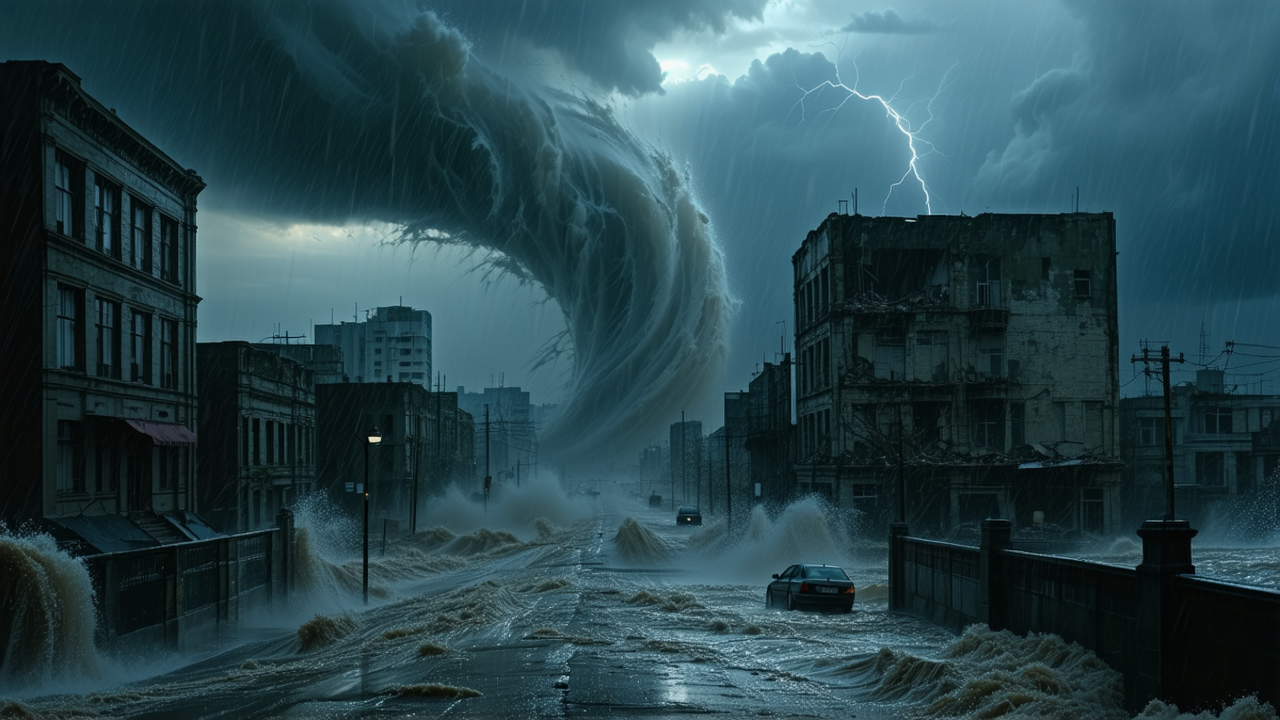Devastating Cyclones to Get 20-35 Percent Wetter with Fossil Fuel Emissions
Devastating Cyclones to Get 20-35 Percent Wetter with Fossil Fuel Emissions
New research has revealed a chilling reality: the most devastating cyclones to hit New Zealand, such as Cyclone Gabrielle, Bola, and Giselle — which sank the Wahine in 1968 — could become significantly wetter in the future due to fossil fuel emissions. If global climate action does not accelerate, these storms could bring up to 35% more rainfall by the end of the century.
The study, led by climate scientist Peter Gibson and conducted with colleagues from Earth Sciences New Zealand (formerly NIWA) and the University of Waikato, used high-resolution climate modeling to simulate the impact of extreme cyclones under different emissions scenarios. The findings are stark: even if global temperatures are limited to a 2°C increase by the end of the century, extreme rainfall could still rise by up to 20%.
Currently, the world is on track to exceed this 2°C threshold, with only one country — the United Kingdom — setting a target consistent with limiting warming to 1.5°C, according to the Climate Action Tracker. Gibson emphasized that even a 20% increase in rainfall from extreme storms would have significant implications, particularly for regions that have already been devastated by events like Cyclone Gabrielle, which dumped up to 400mm of rain in some areas.
“Under a high emissions scenario, we could see as much as a 30 to 35% increase in extreme rainfall,” said Gibson. “This means that the impact of these storms on communities, infrastructure, and the environment could become even more severe as the climate continues to warm.”
The study also confirmed earlier projections from the Intergovernmental Panel on Climate Change (IPCC), which suggested that while ex-tropical cyclones may not become more frequent, each storm will bring more intense rainfall. The new modeling provides a more accurate picture of these changes, as previous global climate models lacked the resolution to capture the fine details of tropical cyclones.
“Our high-resolution models allow us to better represent the physics of these storms, especially in the eye of a tropical cyclone, which is a critical factor in predicting rainfall intensity,” Gibson explained.
Despite the alarming findings, the researchers found no strong evidence that changes in weather patterns — such as increased high pressure systems or shifting winds — would act as a shield to deflect ex-tropical cyclones from reaching New Zealand.
The study was funded by the Ministry for Business, Innovation and Employment through the Building for Climate Change programme and Strategic Science Investment Fund. It underscores the urgent need for global and national climate action to mitigate the worst impacts of these increasingly powerful storms.
As the world grapples with the reality of a warming planet, the message from this research is clear: the time to act is now — before the next devastating cyclone strikes with even greater force.
